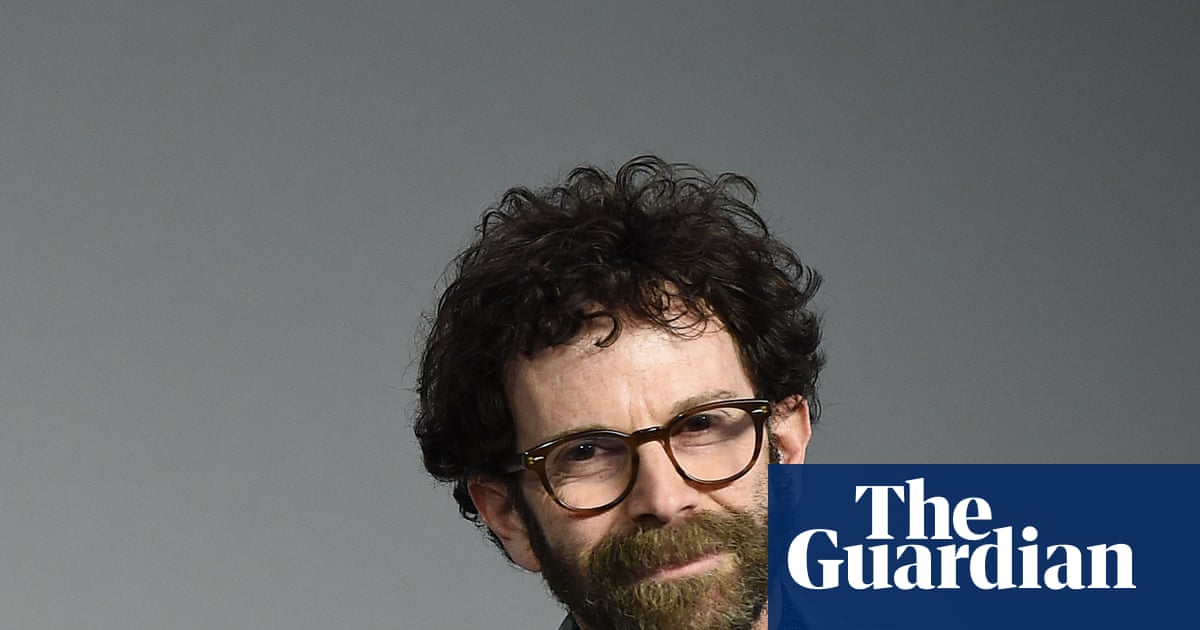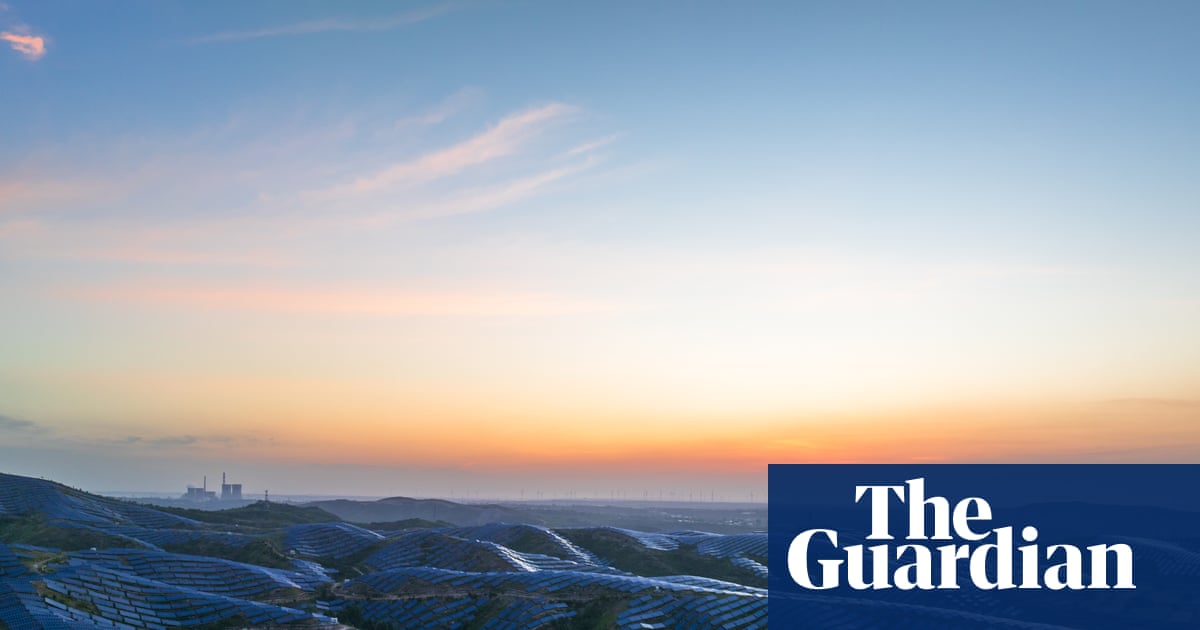On a cloudy but calm morning early in April, a helicopter touched down on a string of remote islands off British Columbia’s Pacific coast. One person alighted; two others climbed onboard and the aircraft rose into the sky.
The lone man made his way towards Triple Island lighthouse, an octagonal concrete tower erupting from the trio of islets. Fringed with barnacles, rockweed and algae, the rocky cluster sits midway up Canada’s west coast, a seascape notorious for its battering storms, heavy fog and hostile waters.
Chief among the lists of tasks of lightkeepers working at the station, known to locals as “The Rock” or “Little Alcatraz”, is to deliver weather reports every three hours.
But that spring day, the first report never came.
Crews tried repeatedly to raise the lighthouse keeper on various marine radio channels and his mobile phone, but all efforts were met with silence.
“Lightkeepers have a record of being perfect on their timing,” said Jim Abram, a former president of the lightkeepers union. “If they ever miss a report, it’s for an emergency.”
Fear set in and a helicopter was dispatched from the Langara station lighthouse, a 20-minute flight away. When the crew touched down, they confirmed their worst fears: the lightkeeper was dead.
“You never staff a light station with only one person. Never,” said Abram. “But that’s what happened. The three other keepers that are on that station rotation are just devastated and left with a lot of questions – most of which we’ll never know the answer to because, against all common sense, there was just one person on that island.”
The death of the keeper, whose name has not been released, has prompted questions over workplace safety rules, shaken the tightly knit group of guardians – and renewed fears of de-staffing. As an investigation unfolds into the death, those who have served as the “eyes and ears” in remote pockets of the country worry incident will be used as pretext to automate yet another lighthouse, putting people at greater risk in an environment that is already unforgiving and unpredictable.
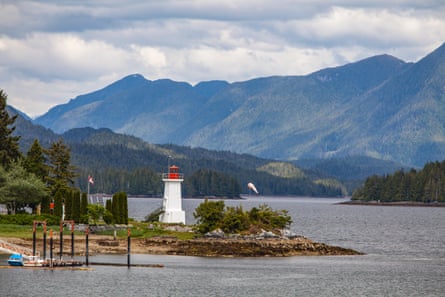
Of the 750 lighthouses scattered across Canada, many were first constructed in areas where safe navigation was a challenge, with the stations serving as guardrails against disaster.
“They’ve become symbols of a particular place and take on meanings in a profound way as anchors of local memory,” said Kate Bauer, a doctoral researcher at the University of Toronto. “And increasingly, we associate them with a bygone era and for that reason, they tend to serve that purpose. But we forget that they were once part of a large technological system oriented towards modernizing Canada from coast to coast.”
In recent decades, a global push to modernize maritime safety and navigation has increased pace, supplanting manned posts with automated warning systems – and provoking a fierce battle over the purpose of the technology. A large factor in de-staffing is the cost associated with maintaining a human presence at remote outposts.
Canada’s coast guard says it is not aware of any evidence that unstaffed light stations increase risks for mariners and point to a number of countries that have de-staffed their light stations. The United States offered up 10 lighthouses to the public in 2023 – either to be sold at auction or given away free of charge – after determining modern technology meant they were longer essential for navigation.
Of the hundreds of lighthouses in Canada, only 51 remain staffed. Nearly half of those are on British Columbia’s Pacific coast, a region that is often inaccessible except by boat and air. As a result, keepers in those stations have often taken on roles far beyond their basic responsibilities, acting as weather watchers and rescue workers. They have broken up both drug-smuggling and human-trafficking rings after spotting suspicious boasts and alerted authorities during environmental disasters.
“The fear of losing keepers is a fear that we’re losing those eyes on the coast. They’re often the first – and only – line of defence for something going wrong in a really sparsely populated part of the country,” said Bauer.
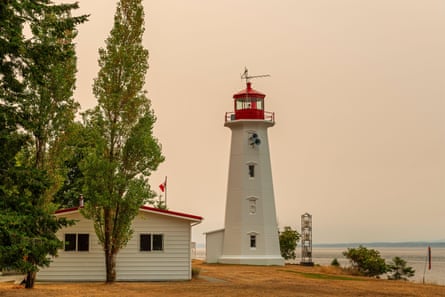
When a plane or vehicle crashes, most often the tragedy is attributable to operator error. Humans fatigue, they are distracted and they fail. Increasingly, the solution is to automate jobs, both to save money and because of an assumption that machines can better complete the task. But as society pushes towards greater automation, there is growing fear that a blanket embrace of technology in the form of algorithms and machine learning is not always a clearcut cost or efficiency saving.
Bauer points out that earlier pushes for automation have been justified in terms of potential savings, but provoked an energetic pushback from keepers who say they fulfill an irreplaceable role.
“The lightkeepers argued you can’t replace the human ability to discern the way clouds are moving or the way the air smells,” he said.
The four-storey tower of the Cape Mudge lighthouse, with its twin foghorns and windows capped with simple decorative pediments, stands watch over the the nearby Seymour Narrows, which the famed mariner George Vancouver described as “one of the vilest stretches of water in the world” .
Abram, who spent more than two decades as the Cape Mudge lightkeeper, says the surrounding sea can rapidly deteriorate into “absolutely horrific” conditions in the form of standing waves, rip tides, whirlpools and back eddies. He was also the chief architect behind a highly organized fight that eventually halted the previous round of de-staffing in the 1990s and has in recent years highlighted instances in which lightkeepers saved the lives of boats in distress.
During his time at Cape Mudge, vessels would call the lighthouse for accurate, real-time descriptions of the weather because the conditions reflected on their charts were already outdated.
“You get all kinds of chaotic water that is not picked up by any kind of instrument. Nothing we’ve devised that can pick up any of that. The only thing that can are human eyes and ears,” said Abram. “The ship captains would just take that as gospel – because they know we know.”
Meanwhile sensitive weather-monitoring equipment – and the lighthouse beacon itself – can be extremely challenging to repair in such remote areas.
Abram points to a recent incident after a station on Vancouver Island was de-staffed last summer. Days after crews were removed, the powerful beacon failed. Efforts to repair the light were foiled by thick fog that prevented helicopters from accessing the site.
“You’ve got a C$5,000-per-hour helicopter flying as many as five highly paid technicians to do something as simple as fixing a bare wire or a burnt-out lightbulb. Little things [a] lightkeeper can do in minutes can take days or weeks because weather prevents crews from accessing sites that are, in their nature, inaccessible,” he said.
A Canadian Senate report from 2010 found the cost savings from automating the remaining lighthouses were minimal, given the scope of risks posed. The report also found a number of other of benefits to using lightkeepers, who can take valuable readings of the local environments, including daily temperature and seawater salinity testing alongside detailed marine wildlife counts.
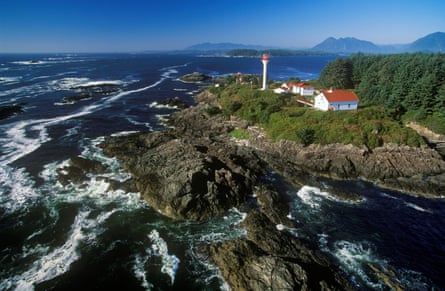
“The views we heard on both coasts were overwhelmingly in favour of keeping the keepers,” said authors of the Seeing the Light report. “And that is what we are unanimously recommending.” The Senate committee found that while most developed countries have pushed forward with de-staffing, others, including Ireland and Australia, have returned keepers to some stations.
In Canada, while the pace of de-staffing has slowed dramatically, it hasn’t halted.
Last year, the coastguard said it would remove staff from both the Carmanah Point and Pachena Point light stations on Vancouver Island, arguing that the ground was unstable. And recently, a staffing shortage has meant a number of stations – including the nearby Langara Point lighthouse – have been maintained by a single person.
The coastguard and the union representing lightkeepers have declined to comment publicly, citing the ongoing nature of the investigation.
Critics of the de-staffing push fear the fatality at Triple Island will serve as a useful pretext to remove a human presence from the station. Since the investigation into the incident began in early April, no staff have been at the island.
“I’ve long worried about Triple Island and the critical role it plays in marine safety, losing its staff,” said Abram. “Is our biggest fear coming true? I worry it is.”

 3 months ago
54
3 months ago
54


